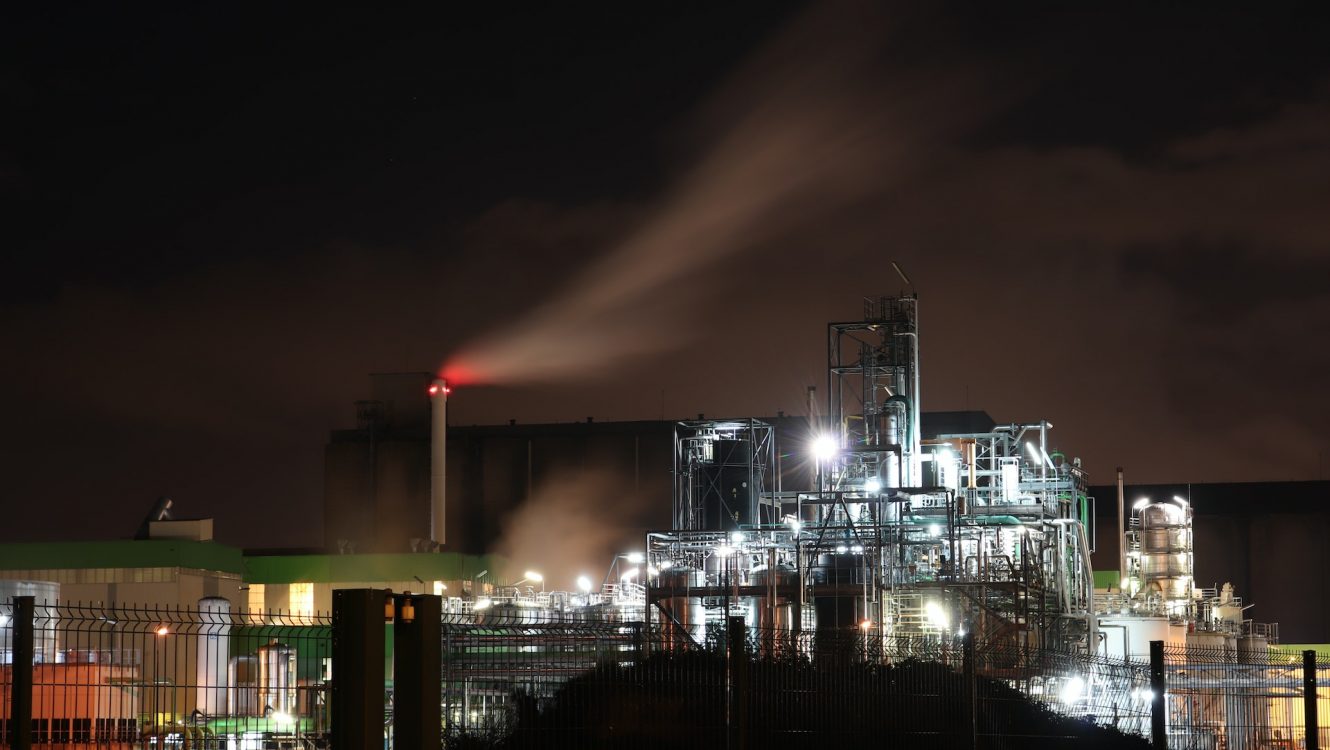Unraveling the Polyester Problem: The Surprising Solution in Hartshorn Salt
With polyester reigning as the world’s second most popular textile, the environmental fallout of its production and waste is causing growing concern. Every year sees the manufacturing of an astounding 60 million tons of polyester, a blend of plastic and cotton. However, the disturbing fact remains that only a meager 15% of this volume undergoes recycling, with the vast majority contributing to landfills and escalating carbon emissions.
The Recycling Roadblock
One primary hurdle in the path of polyester recycling has been the intricate process of separating the intertwined plastic and cotton fibers without compromising the integrity of either. Traditional recycling methodologies have often tilted towards preserving the plastic constituent, inadvertently resulting in the wastage of cotton fibers. Add to this the economic strain, complexity, and the hazardous metal waste stemming from metal catalyst usage, and the challenge seems almost insurmountable.
However, a team of dynamic young chemists from the University of Copenhagen may have just unlocked the answer to this pressing environmental quandary.

A Revolutionary Recipe
Lead researcher postdoc Yang Yang emphasizes the textile industry’s desperate need for an improved approach towards handling mixed fabrics, such as polyester/cotton blends. The team’s trailblazing technique, which hinges on an innocuous household ingredient, appears poised to fill this void. This innovative process facilitates the decomposition of polyester into its constituent monomers while simultaneously preserving the cotton, offering a promising, environmentally benign solution.
The Hartshorn Salt Solution
At the core of this breakthrough lies a simple, household item: hartshorn salt, commonly utilized as a leavening agent in baking. Coupled with a gentle solvent, and subjected to a heating process at 160°C over a span of 24 hours, this salt facilitates the breakdown of polyester while leaving the cotton fibers unharmed.
Shriaya Sharma, a key researcher involved in the study, elucidates the process, highlighting its simplicity and cost-effectiveness. Upon heating, the hartshorn salt decomposes into ammonia, CO2, and water. This combination sets off a catalytic reaction that disintegrates the polyester fabric.
Bridging Laboratory Findings to Real-world Applications
Though the findings are yet in their preliminary laboratory stages, the team is confident about their scalability. Collaborations with industrial giants are already underway, aiming to bring this eco-friendly solution to the global stage.
Yang Yang articulates the team’s hope and vision, emphasizing the critical importance of transitioning this knowledge from the academic realm to practical, real-world applications.
Conclusion: A Sustainable Future for Polyester
In a world grappling with environmental challenges, this groundbreaking discovery holds significant promise. As the researchers endeavor to refine and scale up their technique, the hope remains that the polyester problem, which has plagued our planet for decades, might finally find its sustainable solution.
©globalgreenhouse.eu








